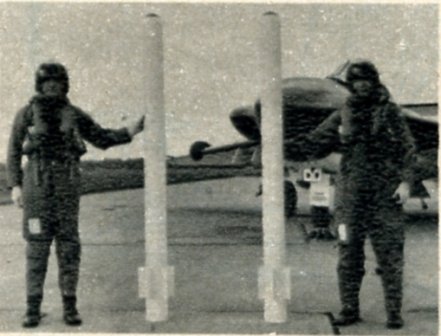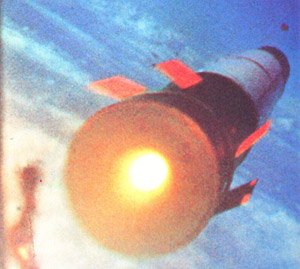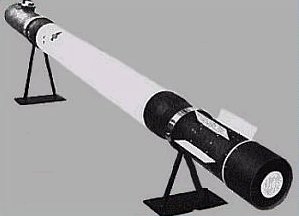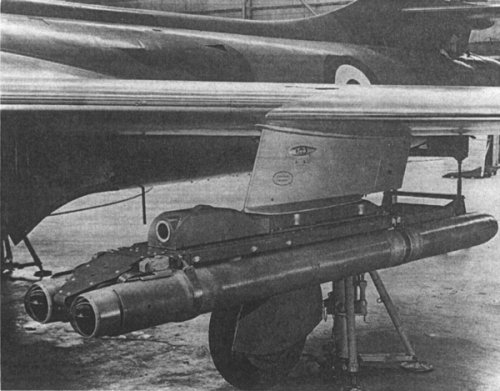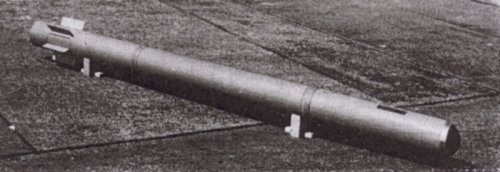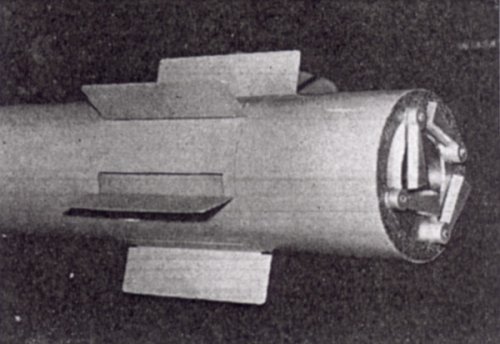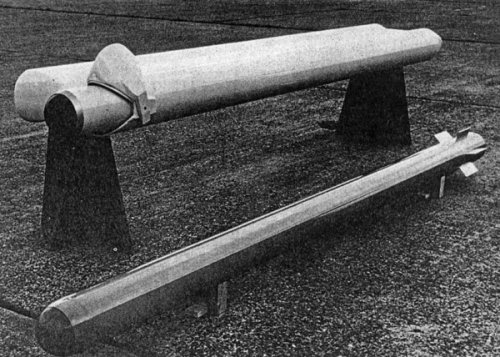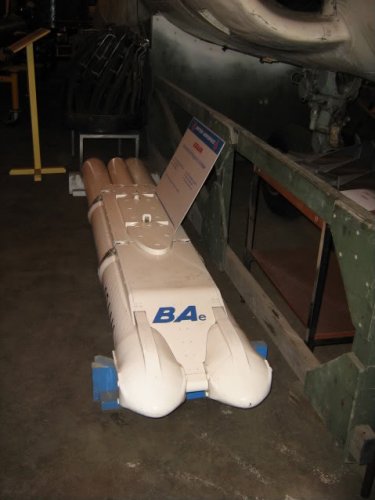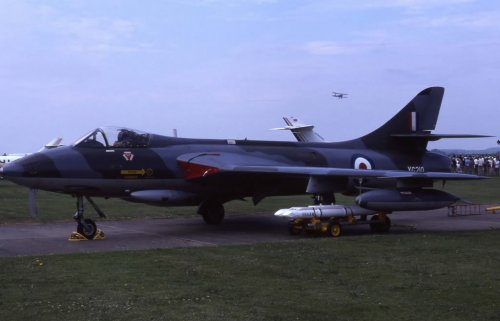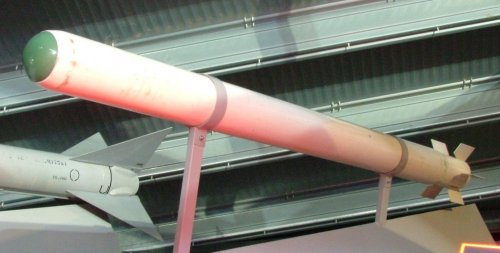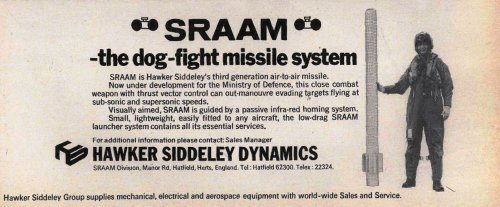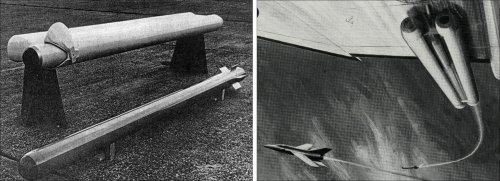- Joined
- 22 January 2006
- Messages
- 4,200
- Reaction score
- 1,984
Aviation Magazine No.545 September 1970
Attached pic from Farnborough 1970.
Additional info: Illustrated Encyclopedia of the World's Rockets&Missiles. By Bill Gunston. Ed Salamander. ISBN 0-571-26870. Pg 221
The Vietnam War experience warn about the need for short range air to air weapons to be developed. Hawker Siddeley started design of a new AAM for visual range engagements named Taildog in 1970. The same year, the MoD awarded the company with funds to go ahead with the weapon under the designation SRAAM-100 (later changed to SRAAM). The contract was cancelled in 1974, but retained as a technology demonstration program. The final evolution of this design is the AIM-132 ASRAAM
http://www.skomer.u-net.com/projects/asraam.htm
http://www.fas.org/man/dod-101/sys/missile/aim-132.htm
http://en.wikipedia.org/wiki/ASRAAM
Attached pic from Farnborough 1970.
Additional info: Illustrated Encyclopedia of the World's Rockets&Missiles. By Bill Gunston. Ed Salamander. ISBN 0-571-26870. Pg 221
The Vietnam War experience warn about the need for short range air to air weapons to be developed. Hawker Siddeley started design of a new AAM for visual range engagements named Taildog in 1970. The same year, the MoD awarded the company with funds to go ahead with the weapon under the designation SRAAM-100 (later changed to SRAAM). The contract was cancelled in 1974, but retained as a technology demonstration program. The final evolution of this design is the AIM-132 ASRAAM
http://www.skomer.u-net.com/projects/asraam.htm
http://www.fas.org/man/dod-101/sys/missile/aim-132.htm
http://en.wikipedia.org/wiki/ASRAAM

